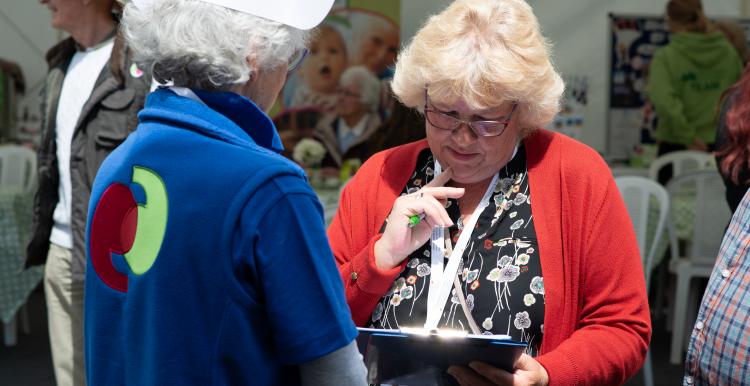Improving the quality of our demographic data

Last year, we carried out a gap analysis to understand the evidence that Healthwatch holds on the experiences of people from specific communities and groups. To do this, we reviewed the available demographic data, based on the protected characteristics.
We looked at data from several sources: three national surveys (from the Long Term Plan and Maternal Mental Health projects), data received through the CiviCRM, and local Healthwatch reports.
What we found
- There is lots of brilliant work going on across the Healthwatch network engaging with diverse groups of people within their local communities. On our recent visits to the local Healthwatch that are piloting the Research Governance Framework, we found they had lots of great experience and tips they can share.
- In particular, reports of targeted engagement work provide the richest information about the experiences of LGBTQ+ people and those from different ethnic groups and communities. We used some of this rich data to inform our quarterly report – see page 23 for a spotlight on the experiences of people from diverse ethnic communities.
- When completing a survey, most people were happy to provide information on their demographic characteristics. For example, in the Long Term Plan surveys these questions were typically completed by around 95% of respondents.
- We found the biggest gap in demographic data to be in the data we receive through the CiviCRM – there is very limited information about people’s ethnicity and sexual orientation in particular.
What next?
By improving the quality of our demographic data, we can better understand how people’s personal characteristics affect their experiences of health and social care, both within local areas and at a national level.
We’ve also heard that some local Healthwatch routinely collect and analyse the demographic data of the people they engage with, to identify any people or groups that are underrepresented in their feedback. This is then used to inform engagement plans and target future work.
We know that there are challenges to collecting and recording this information – including via our CiviCRM system. We’re working on improving the system to make this as easy as possible.
Give us your feedback
What methods or tools do you use to help record the demographic characteristics of the people you engage with? What are the barriers to doing this that you face? What would help to overcome them?
Email us with your thoughts, ideas and feedback.
